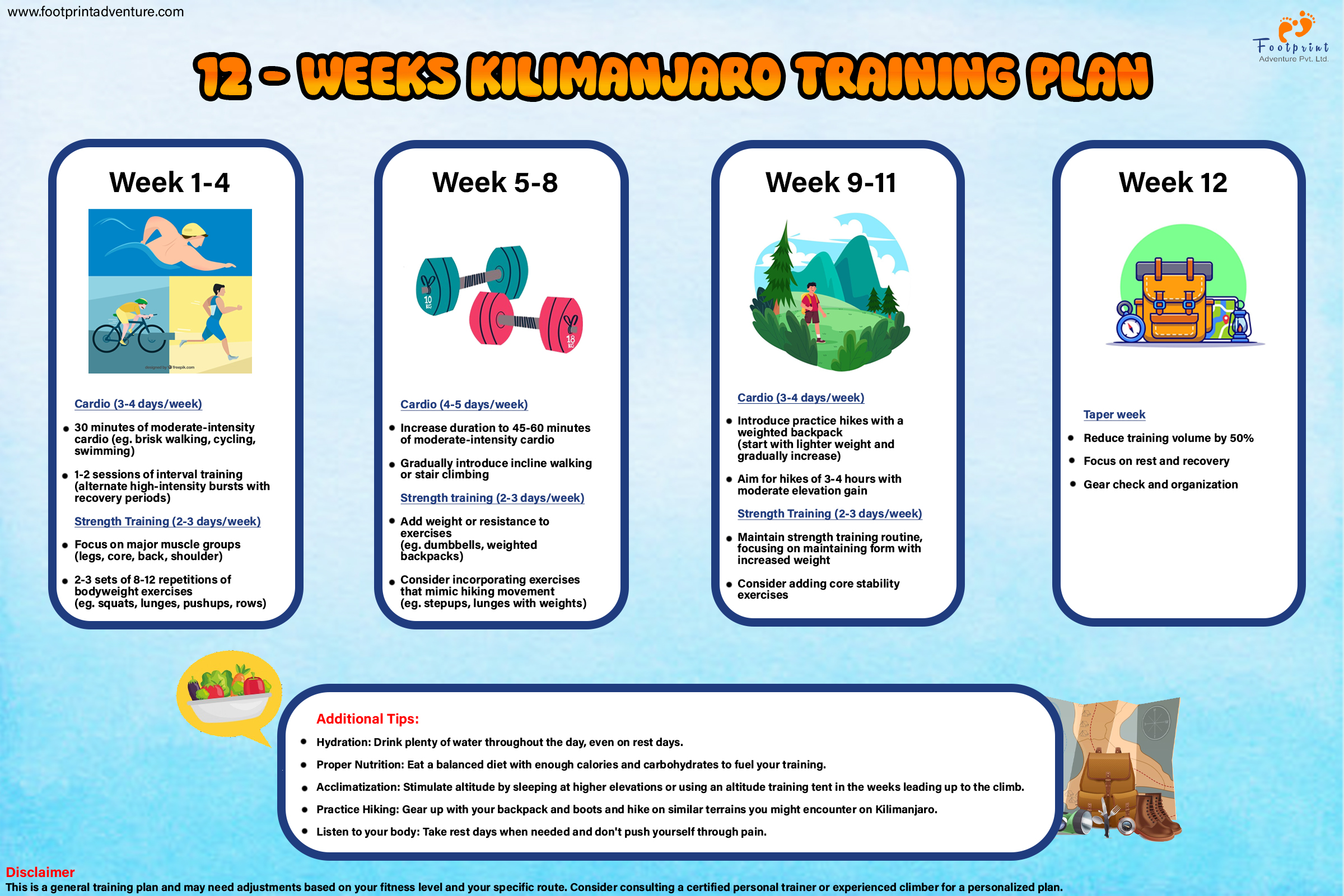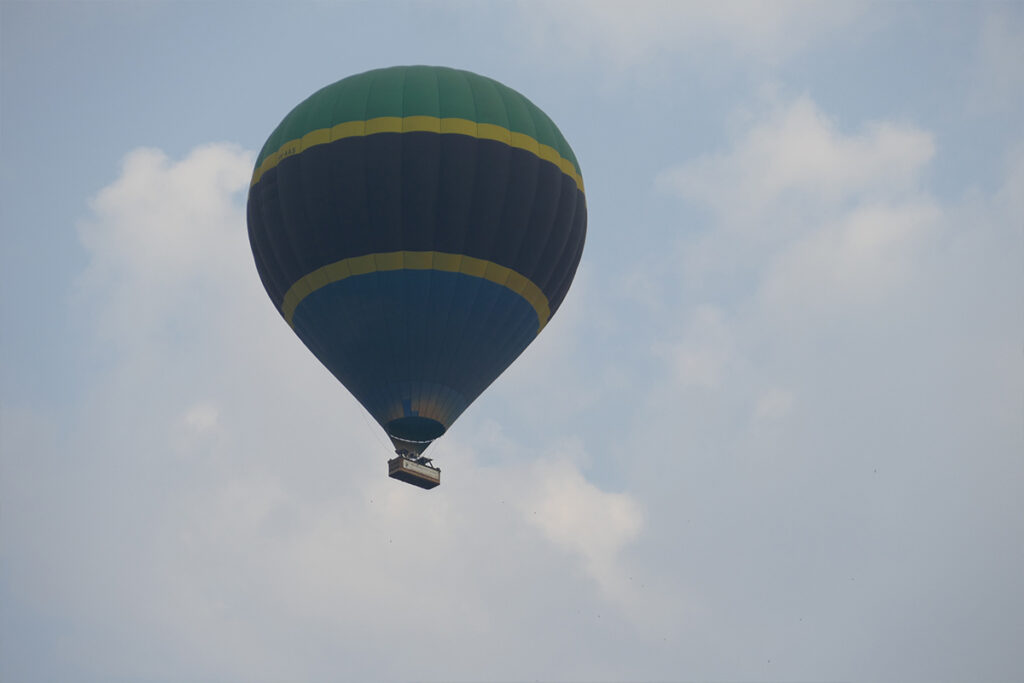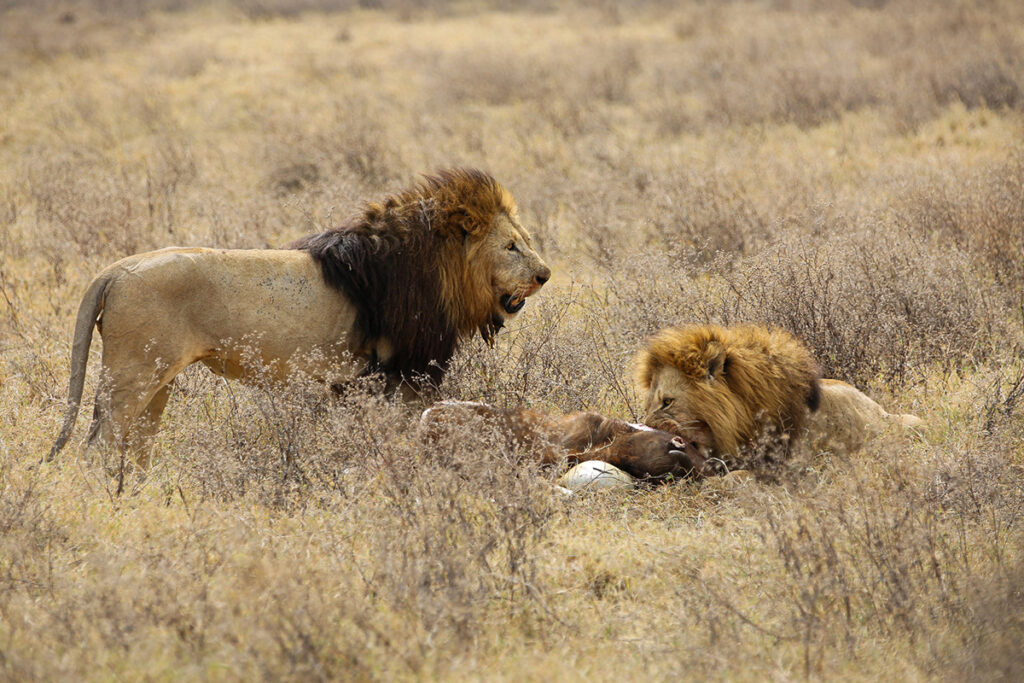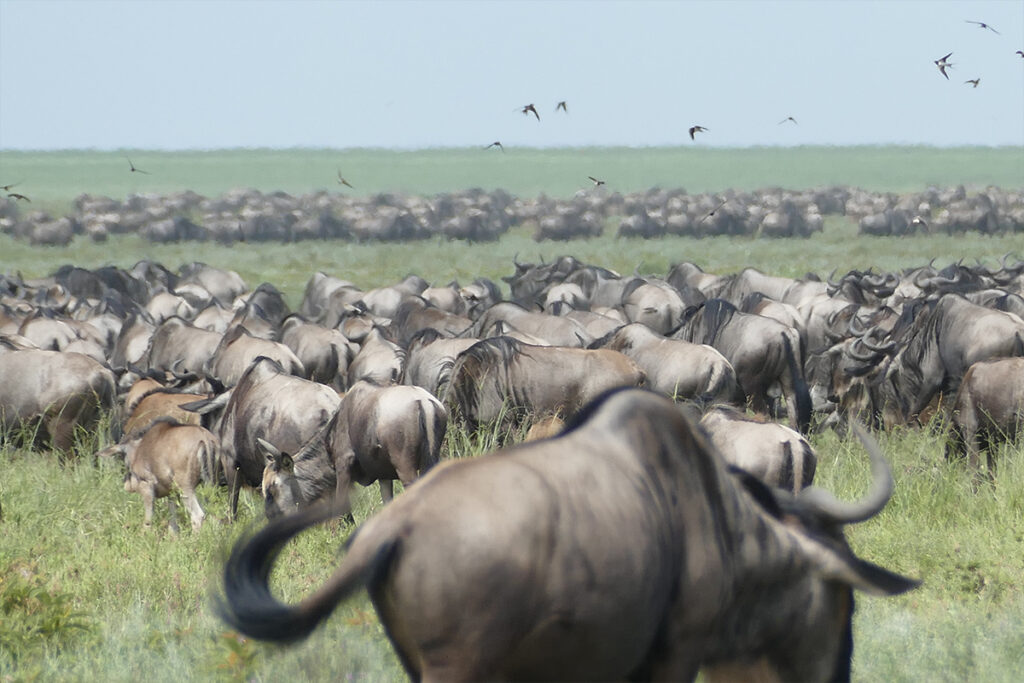Climbing Mount Kilimanjaro is more than conquering Africa’s rooftop; it’s a journey that demands both physical and mental preparation. Nearly 35,000 people brave its trails yearly, yet many overlook the essential groundwork required for success. The right training schedule can make the difference between a triumphant summit and a costly retreat.
A well-crafted Kilimanjaro training schedule should integrate both cardio and strength training, rooted in the storied history of mountaineering practices. From structured hikes to targeted endurance exercises, each facet is designed to acclimate adventurers to the challenges ahead. Pair this with the insight that only 50% of climbers reach the summit without injury, and the importance of meticulous preparation becomes clear.
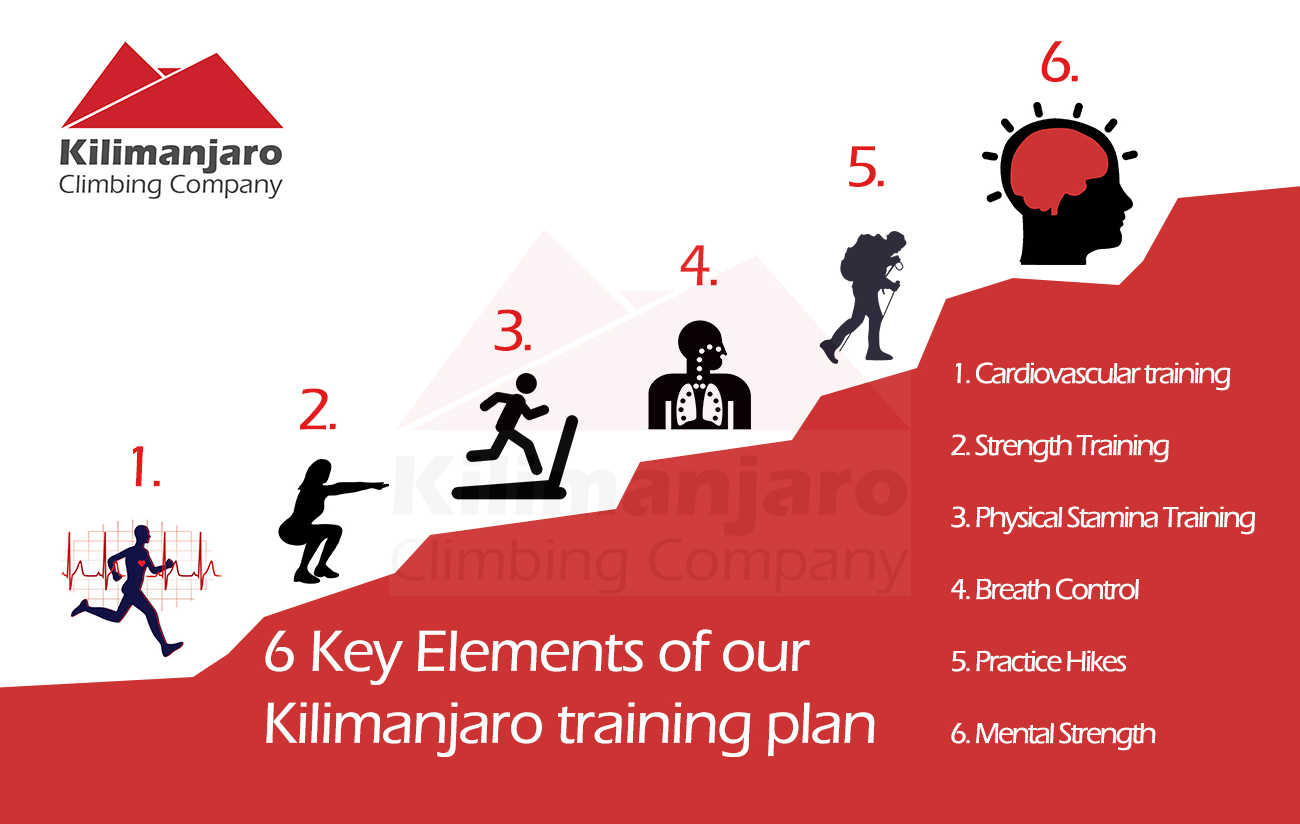
Kilimanjaro Training Schedule: A Step-by-Step Guide
Climbing Mount Kilimanjaro is a rigorous adventure. Start your training schedule by understanding the unique altitude challenges. High altitudes can lead to altitude sickness, affecting your performance. To prepare, include activities that improve your cardiovascular endurance. Consistent training helps your body adapt to lower oxygen levels.
Next, ensure your regimen includes strength training. Focus on building muscles in your legs, core, and upper body. Exercises like squats, lunges, and planks are beneficial. Gradually increase the intensity to match the effort required for climbing. Strengthening these muscles aids in carrying your gear and maintaining balance.
Incorporate conditioning for extended trekking in your plan. Long hikes on varied terrain simulate the conditions on Kilimanjaro. Hike with a loaded backpack to mimic real climbing situations. Practice on both flat and steep surfaces for comprehensive training. This builds your stamina for the multi-day climb.
Don’t overlook the importance of rest and recovery. Allow your body to recuperate between training sessions. Proper sleep and hydration play a crucial role in recovery. Pay attention to your diet, emphasizing protein and carbohydrates. This balanced approach ensures you’re well-prepared for the challenge.
How to PREPARE for Kilimanjaro | TRAINING \u0026 what you NEED to KNOW!
Step 1: Understanding Kilimanjaro’s Altitude Challenges
Climbing Mount Kilimanjaro poses unique altitude challenges. As you ascend, the air gets thinner and contains less oxygen. This can cause altitude sickness, which might include headaches, dizziness, or nausea. The key is to acclimate your body to these changes during your training. Understanding these factors helps in planning a safer climb.
Prepare by learning the symptoms of altitude sickness. Recognizing them early can prevent serious complications later. Common symptoms include fatigue and difficulty breathing. Monitoring your body’s response is crucial for a healthy journey. This knowledge could be vital to your success.
Acclimatization is a gradual process. It involves spending time at various elevations to let your body adapt. Hiking in hilly areas is a good way to start. Climbing in short, controlled ascents helps build stamina. Plan your schedule to include periods of rest and ascent.
Hydration plays an essential role in combating altitude effects. Drink plenty of water before and during your ascent. Keeping hydrated helps your body adjust more easily. Alongside water, consider a balanced diet to support your energy levels. These strategies will aid your preparations for climbing Kilimanjaro.
Step 2: Building Cardiovascular Endurance
Cardiovascular endurance is crucial for climbing Kilimanjaro. This type of endurance improves your heart and lungs’ ability to supply oxygen to your body. Activities like running, cycling, and swimming are excellent for this. Aim for at least 30 minutes of cardio exercise, five days a week. Consistent training will help you handle the physical demands of the climb.
Incorporate interval training to boost your endurance further. This involves alternating between high-intensity and low-intensity exercise. For example, sprint for one minute, then walk for two minutes, and repeat. This method challenges your cardiovascular system, making it stronger. It also mimics the varied pace you’ll experience on the mountain.
Aside from interval training, consider incorporating cross-training. This can include activities like hiking, rowing, or even dancing. Cross-training prevents monotony and works different muscle groups. It’s a fun way to keep your workouts varied and interesting. Keeping your routine diverse helps maintain motivation.
Track your progress with a fitness app or journal. Note how long and how far you go with each workout. Monitoring these metrics can show improvements over time. Adjust your goals as you advance to keep pushing your limits. Achieving small milestones encourages you to keep moving forward.
Step 3: Enhancing Strength Training for Mountain Climbing
Strength training is vital for your Kilimanjaro adventure. It builds muscle power to handle the challenging terrain and backpack weight. Focus on exercises for your legs, arms, and core. Squats and lunges are essential for leg strength. Incorporate planks to enhance your core stability.
Create a balanced workout routine that addresses all key muscle groups. Include exercises like push-ups and pull-ups for upper body strength. These moves prepare you to tackle steep paths and rocky trails. Consistency is key to seeing improvement. Aim to train strength at least three times a week.
Using weights can further enhance your training. Start with light weights and gradually increase as you build strength. Free weights or resistance bands work well for variety. Ensure your form is correct to prevent injuries. Consider working with a trainer if you’re unsure about proper techniques.
Take note of your progress to see how much you’ve improved. Keep track of repetitions, sets, and the weight you use. Make small adjustments as you become stronger. Seeing your growth keeps motivation high. Reward yourself for reaching each new milestone.
Rest days are just as important as workout days. Allow time for your muscles to repair and grow. Listen to your body, and don’t push too hard. Recovery can include light stretching or yoga. Proper rest ensures you’re ready for the next stage of training.
Step 4: Conditioning for Extended Trekking
Extended trekking is a key component of preparing for Kilimanjaro. To condition your body, start with shorter hikes and gradually increase their length. Aim to hike on varied terrain, including hills and rocky paths. This simulates the conditions you’ll encounter on the mountain. Consistent practice builds endurance and strengthens your legs.
Include regular long-distance hikes in your schedule. Try to spend at least one day a week on a long hike. Carry a loaded backpack to mirror the weight you’ll bring on Kilimanjaro. This helps your body adjust to carrying gear over extended periods. Adjust the weight gradually to avoid overexertion.
Hydrate well and take breaks during these hikes. Listen to your body and rest when needed. Eating energy-boosting snacks can help maintain stamina. This routine gets your body accustomed to the exertion levels required for climbing. Consistent practice is vital for successful conditioning.
- Wear well-fitting hiking boots to avoid blisters.
- Use trekking poles to support your balance.
- Dress in layers to adjust to changing temperatures.
- Keep a steady pace to conserve energy.
Monitor your response to these hikes to track improvements. Use a journal or app to note down distances covered and how you felt. This data helps you adjust your training as needed. Preparing for extended trekking ensures you’re ready for the climb. Each step taken is progress towards reaching the summit.
Step 5: Prioritizing Rest and Recovery
Rest and recovery are as important as the training itself when preparing for Kilimanjaro. They allow your muscles to repair and grow, improving strength and endurance. Without proper rest, you risk injury and fatigue. Aim for at least seven to nine hours of sleep each night. This maximizes recovery and prepares you for your next training session.
Incorporate active recovery days into your schedule. Activities like yoga, stretching, or light walking promote blood flow without straining your body. These exercises can reduce muscle stiffness and enhance flexibility. Active recovery aids in faster healing, making your muscles ready for the next challenge. Balance intense workouts with these lighter activities.
Pay attention to nutrition during your recovery days. Proper meals support muscle repair and provide necessary energy. Focus on foods rich in protein and carbohydrates. Stay hydrated to help flush out toxins and keep muscles supple. A balanced diet complements your rest strategy.
- Listen to your body and adjust your training intensity if needed.
- Utilize foam rollers for self-massage to ease muscle tension.
- Consider professional massages or physiotherapy for targeted relief.
- Integrate mindfulness or meditation for mental relaxation.
Pacing your training is vital to long-term success. Avoid back-to-back intense sessions, and schedule rest days throughout the week. This prevents burnout and keeps you motivated. The right rest strategies ensure you’re physically and mentally prepared for the trek. Balance is key in your training journey.
Physical Requirements for Climbing Mount Kilimanjaro
The physical demands of climbing Mount Kilimanjaro are significant. This majestic peak challenges your stamina, strength, and perseverance. A solid training plan ensures you meet these requirements head-on. Cardiovascular fitness helps your heart cope with increased altitude. Maintaining a regular workout routine builds the endurance needed for long days of trekking.
Leg and core strength are equally essential for climbing success. Exercises like squats, lunges, and planks should be part of your preparation. These workouts stabilize your body on uneven terrain. Strong muscles support joints, reducing injury risk during the climb. Simple activities like hiking also aid in building necessary muscle groups.
Acclimatization to high altitudes is another crucial factor. Your body needs to adjust to the reduced oxygen levels experienced during ascent. Acclimate by spending time at high altitudes before your Kilimanjaro trek. Recognizing early signs of altitude sickness can prevent complications later on. Observing these factors contributes to a safer journey.
- Begin training at least 12 weeks prior to your climb.
- Aim for aerobic exercises like running or cycling several times per week.
- Schedule longer hikes carrying a backpack similar in weight to what you’ll bring.
- Allocate rest days for muscle recovery every week.
An overall healthy lifestyle complements physical training efforts. Nutrition plays a role in supporting energy levels and muscle repair. Incorporate plenty of vegetables, lean proteins, and whole grains into daily meals. Hydration remains key throughout training and the climb itself. These combined factors prepare you physically for the adventure ahead.
Essential Gear for Kilimanjaro
Climbing Kilimanjaro requires specific gear to ensure a safe and comfortable journey. Proper clothing and equipment help shield you from extreme weather conditions. A layered approach to clothing is advisable. Begin with moisture-wicking base layers, add insulating mid-layers, and finish with waterproof outer shells. This system adapts to the mountain’s chilly and unpredictable climate.
Footwear is crucial for a successful climb. Invest in high-quality hiking boots that are waterproof and well-fitted. Breaking them in before the hike prevents blisters. Pair your boots with durable hiking socks to enhance comfort. Trekking poles provide needed support on steep and slippery sections.
Your backpack should contain everything necessary for daily treks. Include essential items like snacks, a water bottle, and a first-aid kit. Bringing a reliable map and compass ensures navigation through various trails. Always carry a headlamp, as some sections may take longer than expected. Packing smartly keeps your load manageable and convenient.
- Water purification tablets or filters for safe drinking water.
- Sunglasses with UV protection for high-altitude sunlight.
- Sunblock with a high SPF and lip balm.
- Gloves, hats, and scarves for added warmth.
Technology can assist throughout the trek. A GPS device or smartphone app helps track your progress. Extra batteries keep your equipment functional. Document the adventure with a camera for lasting memories. These tools enhance the climbing experience, making it more enjoyable. Combining technology and gear can make the journey up Kilimanjaro both exciting and safe.
Nutrition Tips During Kilimanjaro Ascend
Maintaining proper nutrition is crucial when climbing Mount Kilimanjaro. The right food provides the energy needed to tackle long hikes and steep climbs. Focus on high-energy foods that are easy to digest. Incorporate a mix of carbohydrates, proteins, and healthy fats into each meal. These nutrients help sustain your energy levels throughout the day.
Hydration is equally important, especially at high altitudes. Drink plenty of water to keep yourself hydrated. Dehydration can worsen altitude sickness and impact your performance. Consider adding electrolyte supplements to your water. This helps replace lost salts and minerals.
Snacking often keeps your energy up between meals. Pack light, nutrient-dense snacks like nuts, dried fruits, and energy bars. These snacks are easy to carry and provide quick boosts when you need them. Aim to eat small amounts frequently rather than large meals. This aids digestion and prevents tiredness.
- Break meals into smaller portions to avoid discomfort.
- Include foods rich in iron to support oxygen transport in the blood.
- Choose complex carbs like whole grains for lasting energy.
- Limit caffeine intake to prevent dehydration.
Work closely with your guide to plan meal schedules. They know the terrain and can suggest optimal times for eating. Discuss any dietary restrictions you may have before the trek. Proper nutrition helps your body deal with the physical demands of the climb. This preparation contributes significantly to a successful summit.
Mental Preparation for the Kilimanjaro Climb
Mental readiness is just as important as physical preparation when tackling Mount Kilimanjaro. Positive thinking keeps you motivated during challenging moments. Visualizing a successful climb can boost your confidence. Practice setting small, achievable goals to maintain focus. These mental strategies can help conquer self-doubt and fear.
Building resilience is key to enduring the climb’s physical and emotional demands. Expect to face obstacles, including fatigue and changes in weather. Preparing for these challenges mentally will help you stay calm and composed. Mindfulness exercises, such as breathing techniques, can reduce stress. Staying present aids in making better decisions on the mountain.
Support from your team plays an essential role in mental preparation. Encouragement from guides and fellow climbers makes a big difference. Forming bonds within your group creates a sense of camaraderie and accountability. Together, you can share tips, stories, and motivation. This teamwork helps push through tough sections.
- Set realistic expectations for the journey ahead.
- Educate yourself on the route and potential challenges.
- Stay adaptable and open to changes in plans.
- Keep a growth mindset, viewing difficulties as opportunities to learn.
Reflecting on your reasons for climbing can deepen your motivation. Whether it’s adventure, personal growth, or a tribute, knowing your “why” is powerful. This understanding energizes you during mentally challenging times. Remembering the joy of reaching the summit can energize and inspire you. Embarking on this mental journey makes the climb all the more rewarding.
Key Takeaways
- Kilimanjaro training boosts endurance with cardio exercises like running or cycling.
- Strength training, including squats and lunges, enhances muscle power for the climb.
- Extended hikes with a weighted backpack simulate actual trek conditions effectively.
- Rest days are crucial for muscle recovery and preventing fatigue-related injuries.
- Proper nutrition ensures sustained energy levels throughout the adventure.
